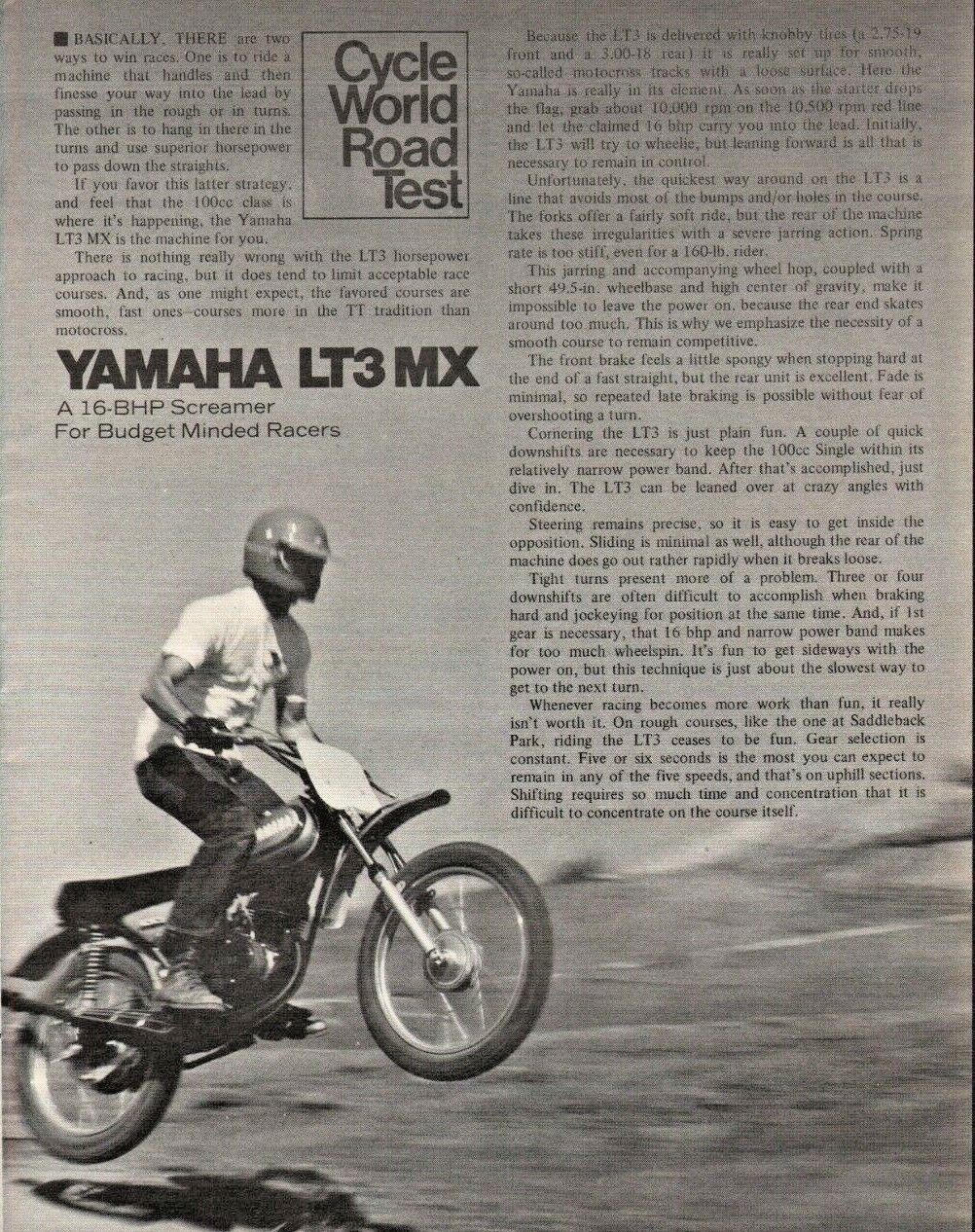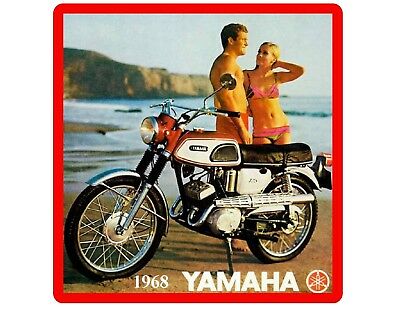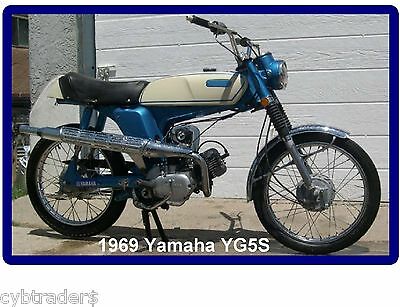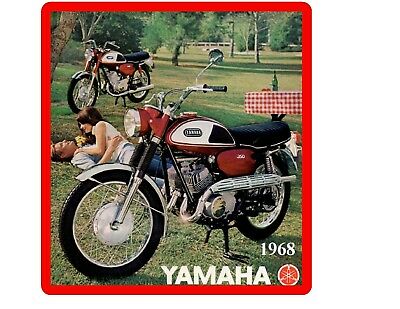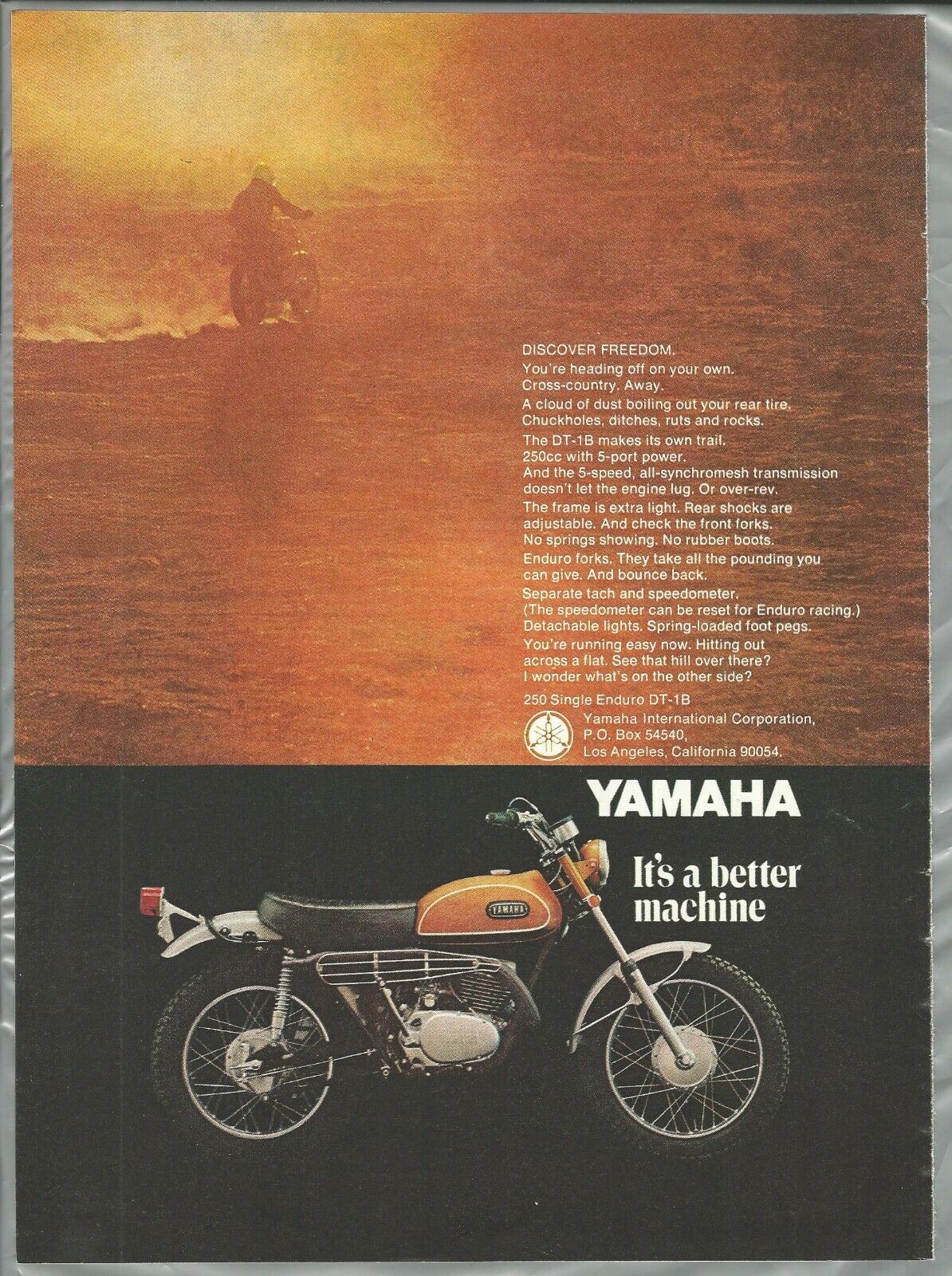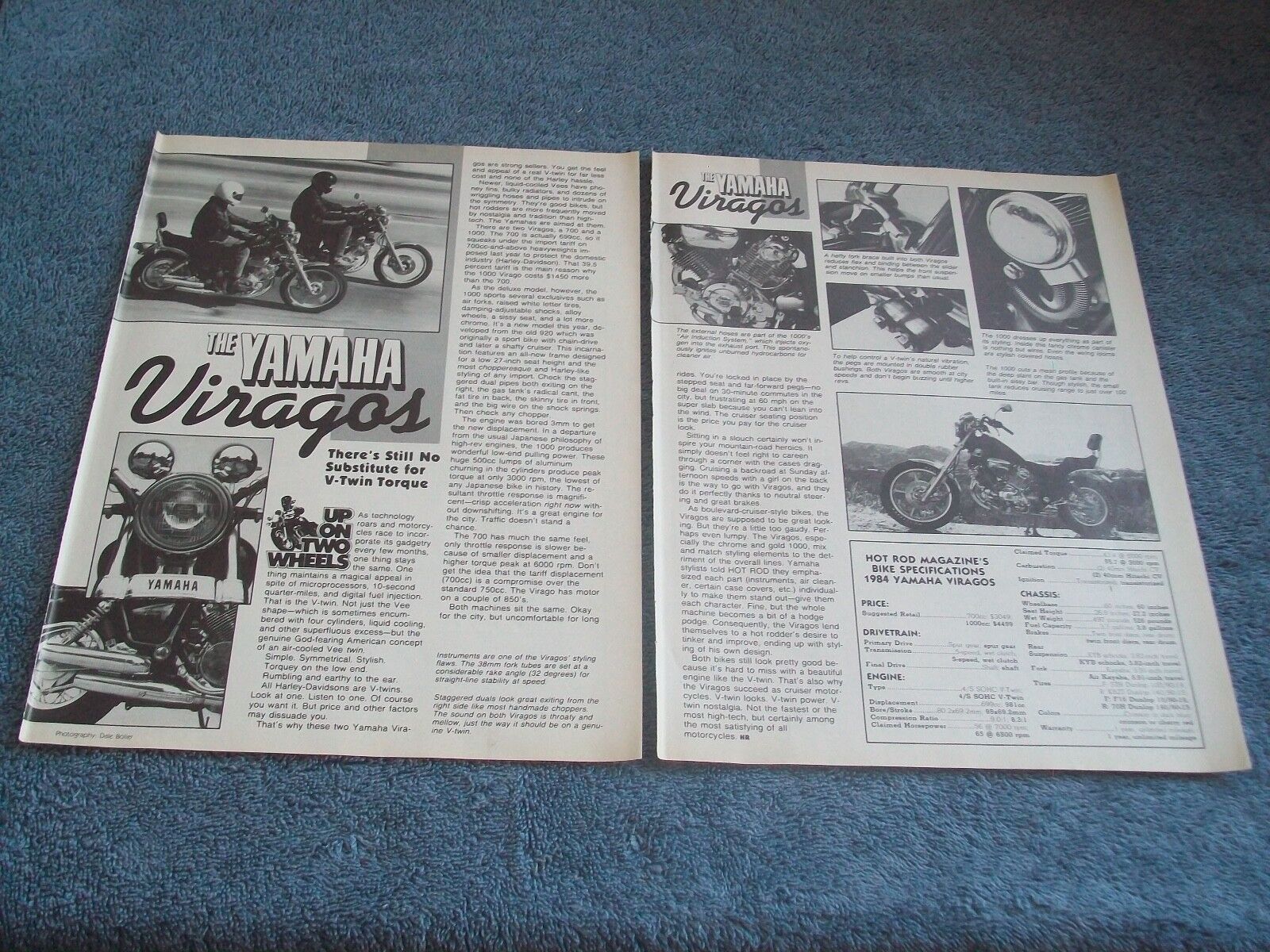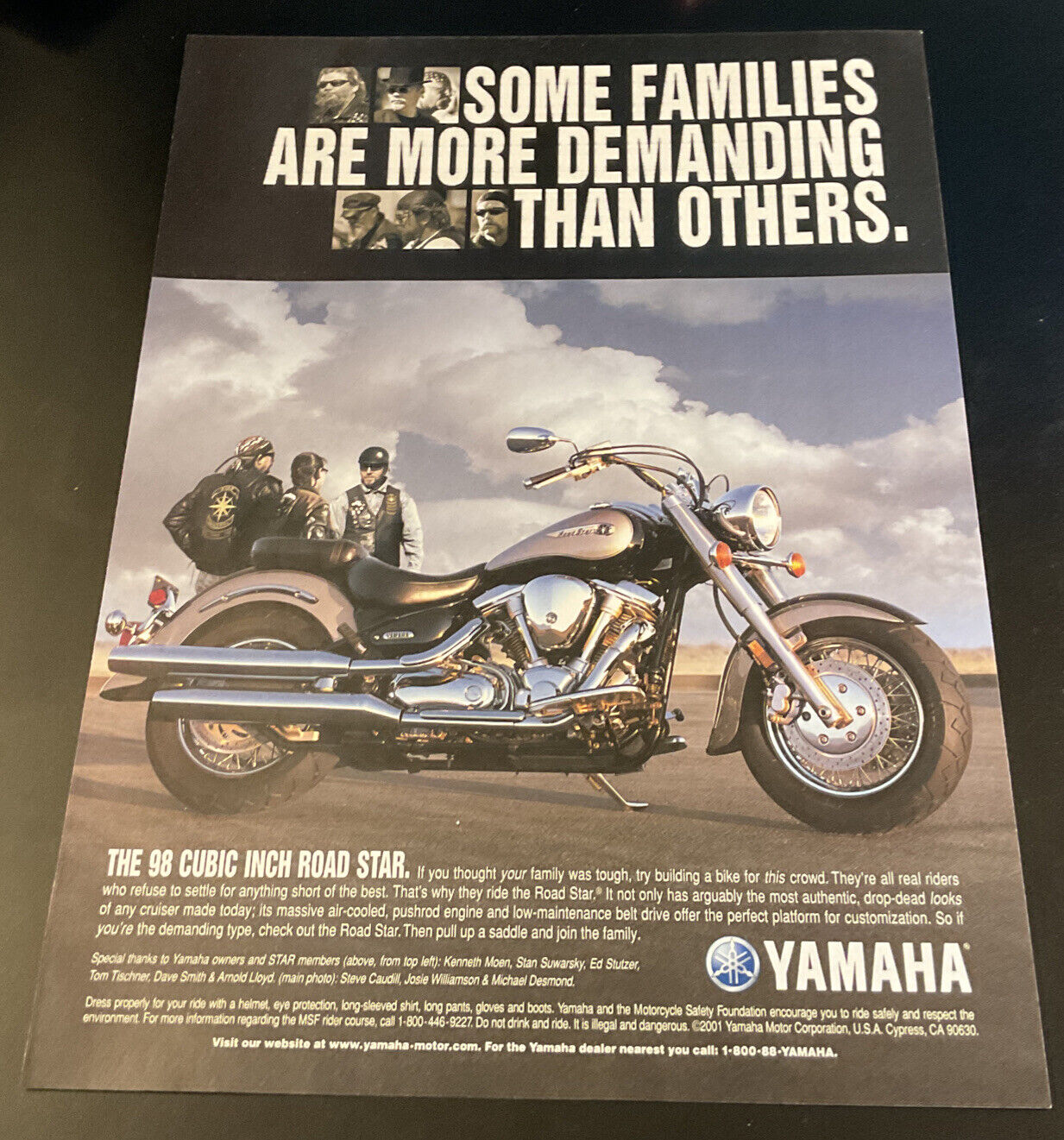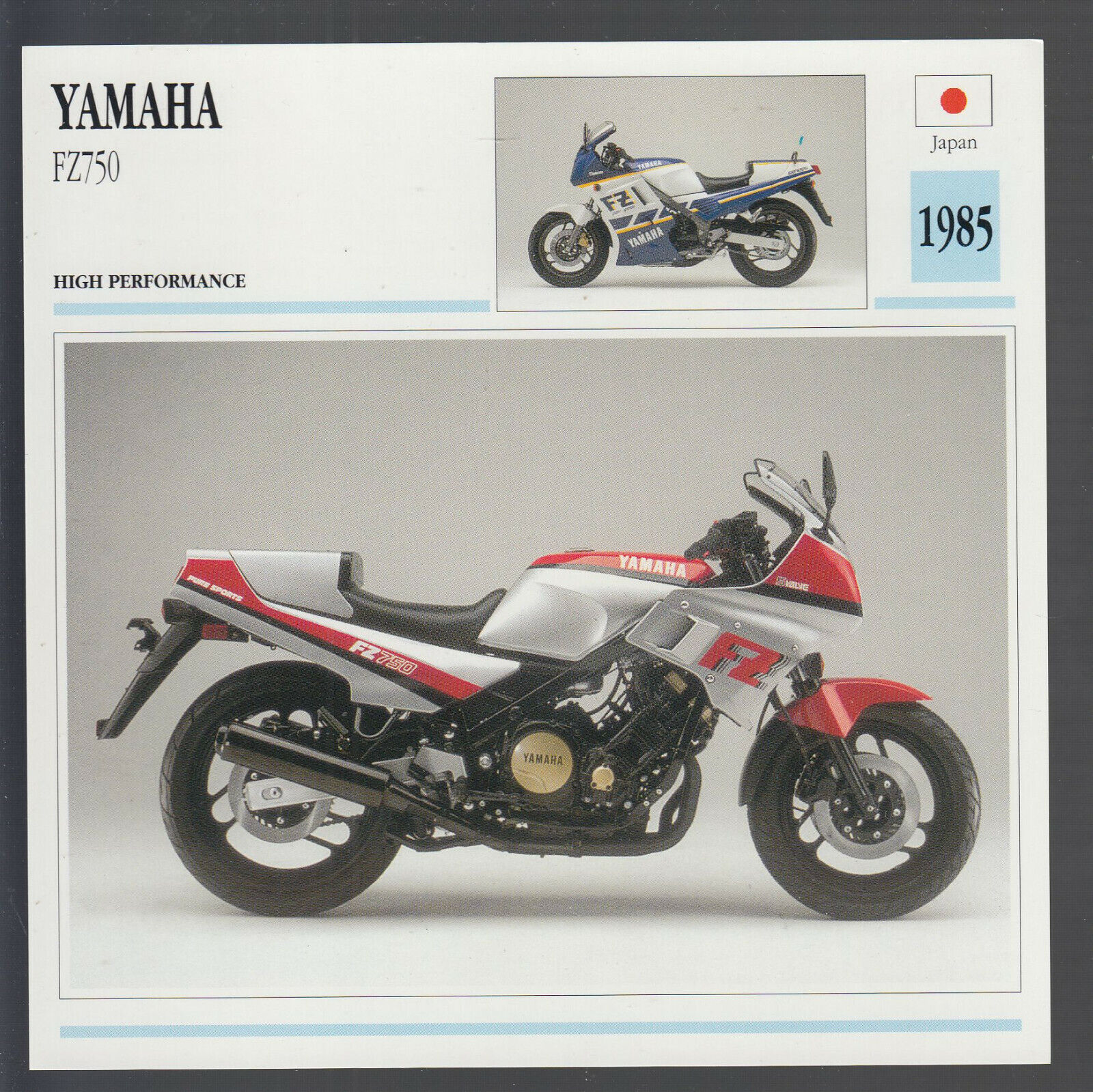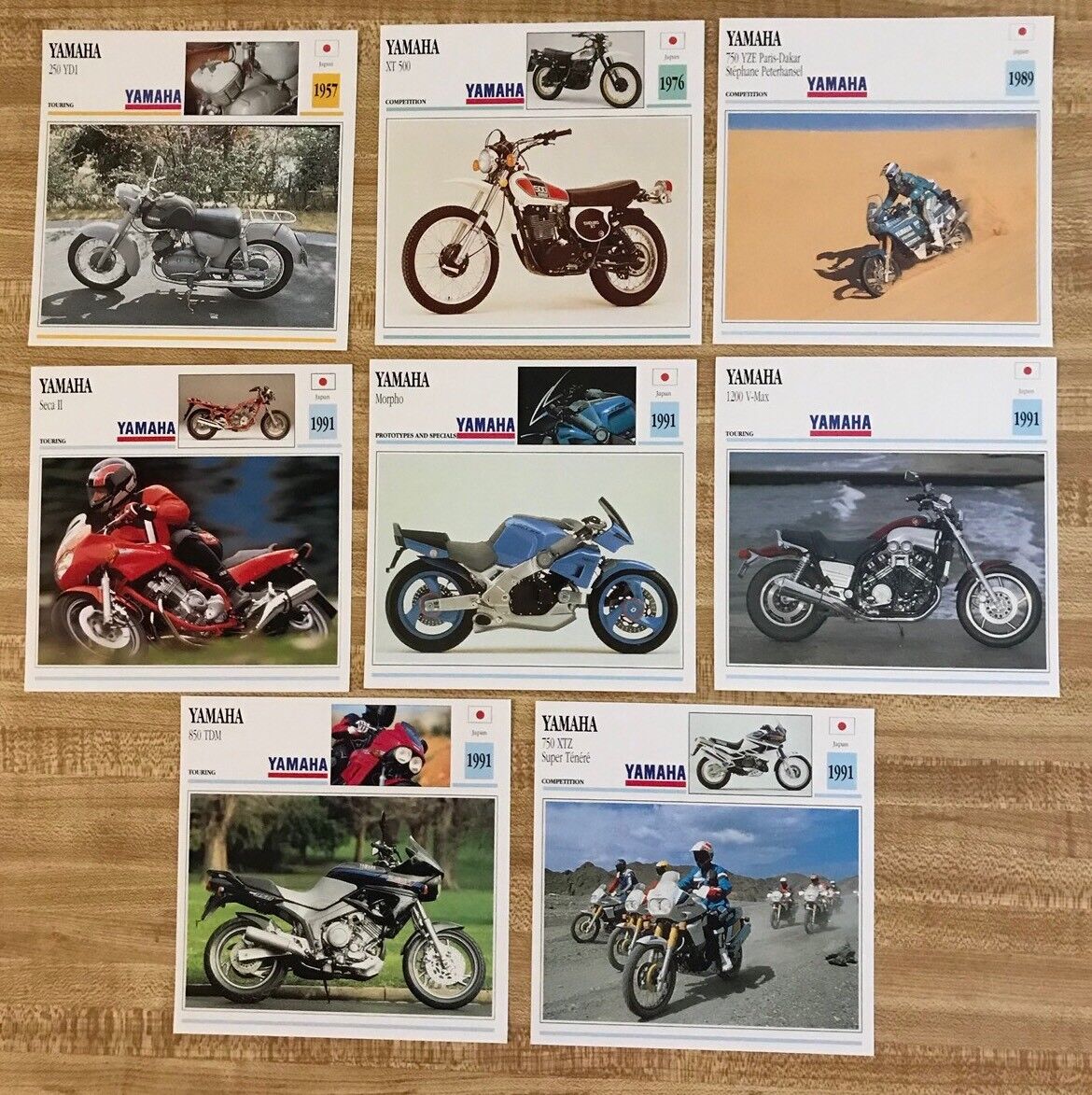-40%
1973 Yamaha LT3 MX Motocross - 3-Page Vintage Motorcycle Road Test Article
$ 6.84
- Description
- Size Guide
Description
1973 Yamaha LT3 MX Motocross - 3-Page Vintage Motorcycle Road Test ArticleOriginal, vintage magazine article
Page Size: Approx. 8" x 11" (21 cm x 28 cm) each page
Condition: Good
BASICALLY, THERE are two
ways to win. rates. One is to ride a
machine that handles and then
finesse your way into the lead by
passing 'in the rough or in turns.
The other is to hang in there in the
turns and use superior horsepower
to pass down the straights.
If you favor this latter strategy,
and feel that the lOOcc class is
where it’s happening, the Yamaha
LT3 MX is the machine for you.
There is nothing really wrong with the LT3 horsepower
approach to racing, but it does tend to limit acceptable race
courses. And, as one might expect, the favored courses are
smooth, fast ones—courses more in the TT tradition than
motocross.
Because the LT3 is delivered with knobby tires' (a ‘2.-75-19
front and a 3.00-18 rear) it is really iset up for smooth,
so-called motocross tracks with a loose surface, Here the
Yamaha is really in its element. As soon as the starter drops
the flag, grab about 10.000 rpm on the 10,500 rpiri red line
and let the claimed 16 blip carry you into the lead. Initially,
the LT3 will try to wheelie, but leaning forward is all that is
necessary to remain in control.
Unfortunately, the quickest way around on the LT3 is a
line that avoids most of the bumps and/or holes in the course.
The forks offer a fairly soft ride, but the rear of the machine
takes these irregularities with a severe jarring action. Spring
rate is too stiff, even for a 160-lb. rider.
This jarring and accompanying wheel hop, coupled with a
short 49.5-in. wheelbase and high center of gravity, make it
impossible to leave the power on, because the rear end skates
around too much. This is why we emphasize the necessity of a
smooth course to remain competitive.
The front brake feels a little spongy when stopping hard at
the end of a fast straight, but the rear unit is excellent. Fade is
minimal, so repeated late braking is possible without fear of
overshooting a turn.
Cornering the LT3 is just plain fun. A couple of quick
downshifts are necessary to keep the lOOcc Single within its
relatively narrow power band. After that’s accomplished, just
dive in. The LT3 can be leaned over at crazy angles with
confidence.
Steering remains precise, so it is easy to get inside the
opposition. Sliding is minimal as well, although the rear of the
machine does go out rather rapidly when it breaks loose.
Tight turns present more of a problem. Three or four
downshifts are often difficult to accomplish when braking
hard and jockeying for position at the same time. And, if 1st
gear is necessary, that 16 bhp and narrow power band makes
for too much wheelspin. It’s fun to get sideways with the
power on, but this technique is just about the slowest way to
get to the next turn.
Whenever racing becomes more work than fun, it really
isn’t worth it. On rough courses, like the one at Saddleback
Park, riding the LT3 ceases to be fun. Gear selection is
constant. Five or six seconds is the most you can expect to
remain in any of the five speeds, and that’s on uphill sections.
Shifting requires so much time and concentration that it is
difficult to concentrate on the course itself.
12661-7302-08
